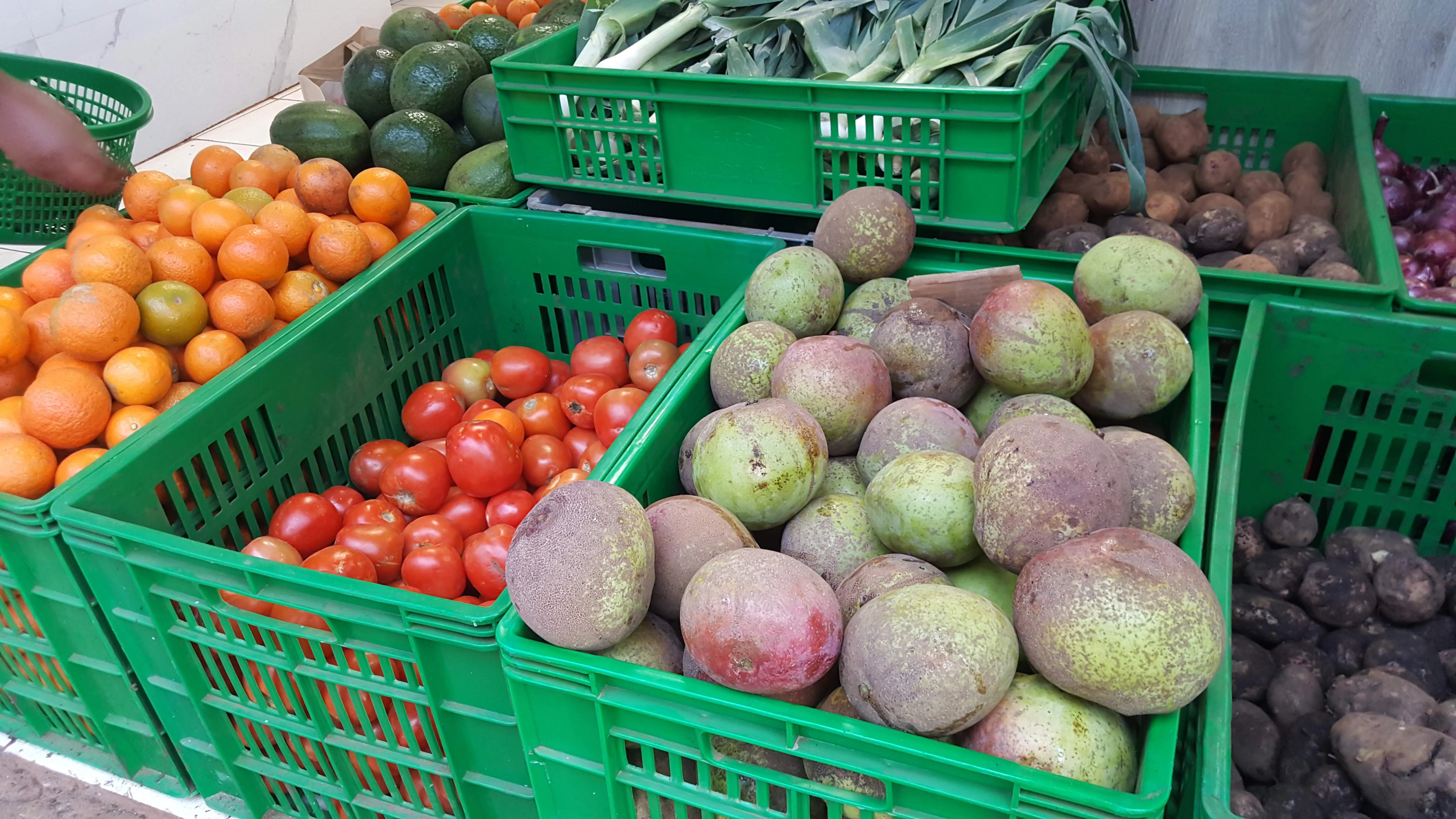Monday, 6 October 2025
Matumbo is the Swahili word for tripe, the edible stomach lining of cows or goats. It’s a popular dish across Kenya and East Africa, often served with ugali, rice, or chapati.Matumbo can be prepared in different ways: wet fry, dry fry, or stewed with vegetables. But the wet fry version, simmered with onions, tomatoes, and spices, is one of the most beloved for its saucy, flavorful finish.
2 medium onions, finely chopped
3 medium ripe tomatoes, diced
1 tablespoon minced garlic
1 tablespoon minced ginger
1–2 green chilies, chopped (optional)
1 teaspoon turmeric powder
1 teaspoon curry powder
1 teaspoon paprika or chili powder (optional)
1 beef or chicken stock cube (optional)
Salt to taste
3 tablespoons cooking oil
½ cup fresh coriander (dhania), chopped
2 cups water (for boiling and simmering)
Rinse thoroughly in cold water.
Scrape off any unwanted residue using a knife.
Soak in a mixture of warm water, lemon juice, and flour for 10–15 minutes. This helps remove odor and sliminess.
Rinse again 2–3 times until the water runs clear.
Place the cleaned matumbo in a large sufuria (cooking pot).
Add enough water to cover it completely.
Sprinkle in a pinch of salt, garlic, and a bit of ginger to help with flavor.
Boil for 1½ to 2 hours (or until soft). You can also use a pressure cooker to reduce cooking time to 30–40 minutes.
Once soft, drain and set aside. Keep some of the broth for later.
Add onions and sauté until golden brown.
Add garlic, ginger, and chilies (if using) and fry for about a minute until fragrant.
Add tomatoes and cook until they soften and form a thick sauce.
Mix in your spices: turmeric, curry powder, paprika, and crumble in the stock cube (if using). Stir well and let the spices bloom for about a minute.
Pro Tip: The longer you cook your onions and tomatoes, the richer and tastier your wet fry becomes.
Stir well to coat the tripe with all the spices and flavors.
Pour in about ½ cup of the reserved broth (or water) to create a saucy consistency.
Cover and simmer for 15–20 minutes on low heat.
Stir occasionally to prevent sticking and to let the matumbo absorb the sauce.
Finish with chopped coriander (dhania) for freshness.
Ugali – the classic and most popular combo
Rice – for a soft, comforting meal
Chapati – for a delicious, saucy pairing
Garnish with fresh coriander or a squeeze of lemon for an extra burst of flavor.
- Clean thoroughly: A clean matumbo equals a tasty dish.
- Boil long enough: Undercooked matumbo can be tough and chewy.
- Use fresh ingredients: Especially tomatoes and garlic, they make all the difference.
- Spice balance: Adjust chili and curry powder to your heat preference.
- Simmer slowly: Letting it cook gently helps deepen the flavor and tenderness.
Enjoy!

Tuesday, 2 July 2024
Thursday, 11 August 2022
With celebrities endorsing gluten-free diets and numerous studies claiming that gluten is a potentially harmful compound, it’s no wonder that more people are going gluten-free every year. A gluten-free diet excludes all gluten-containing foods. Gluten is a protein that is naturally found in a range of grains, including wheat, rye, barley, and spelt. Even some foods that don’t naturally contain gluten may be contaminated with the protein if manufactured in the same warehouse as gluten-containing grains. Gluten is often added to foods to enhance their texture. It acts as a binding agent and adds extra flavor to these foods. Therefore, you might spot gluten on the nutritional labels of a wide range of food products in the grocery store. It’s even found in some beauty and cosmetics products too.


















Social Media
Search